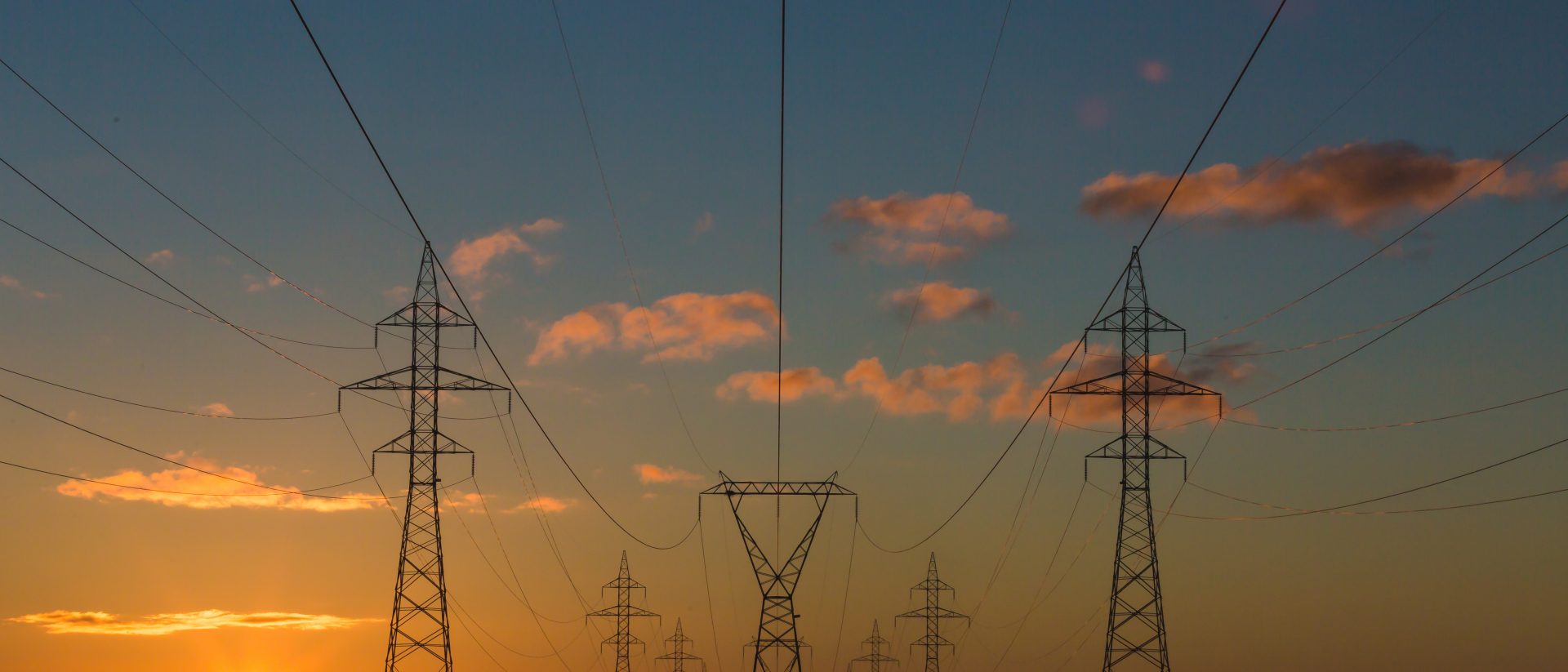A new report from the Association for Renewable Energy and Clean Technology (REA) has found that the UK risks missing its decarbonisation targets without urgent action to increase grid flexibility.
In a report sponsored by the global power management company, Eaton, the REA has assessed the readiness of the UK’s energy market to support the transition to net zero, comparing it with 11 other European countries. The Energy Transition Readiness Index 2021 (ETRI 2021) finds that the UK is well behind Finland, Norway, and Sweden in making changes that are vital to increase the flexibility of the grid as more variable generation comes online and renewables generate a bigger proportion of the country’s power supply.
It concludes that unless urgent action is taken, billions more could be needed to balance the system[i], and progress towards net zero will be slowed, because fossil fuel generators will be paid to fire up when demand outstrips supply, and some generators will be paid to turn off when supply is greater than demand. This is what happens at present in the UK.
It makes a series of policy recommendations such as coordinating with suppliers to encourage greater uptake of ‘time of use tariffs’; simplifying the regulations for energy storage; and setting up a national market where participants can ‘buy flexibility’.
“This new analysis puts the spotlight on the consequences of not making small but vitally important adjustments to how the UK’s energy system, including its grid network, operates,” said Dr Nina Skorupska CBE, Chief Executive of the Association for Renewable Energy and Clean Technology (REA).
“The UK has taken positive steps forward in looking to decarbonise electricity generation and the government rightly remains ambitious to reduce emissions to zero. However, unless the grid keeps pace and is re-framed to become more responsive, it could cost the UK hundreds of millions of pounds a year more to transition to renewables, with the burden likely to fall on households and businesses. It will almost certainly mean that the UK will miss its net zero targets too.”
Speaking ahead of the report’s publication, Eaton’s UK Managing Director, Siobahn Meikle, said: “The UK government has a real opportunity here to demonstrate leadership in decarbonising our economy. The tools exist to make the grid fit for the 21st century, but to unlock the private investment needed, businesses large and small need the right regulatory framework created – one that is simple to understand and easy to accommodate into business as usual. For instance, we have the technology for businesses to store unused energy and feed it back to the grid, but at the moment a complex patchwork of regulations means that energy storage is sometimes ‘double charged’ – both for the electricity used, and dispatched – which makes it less attractive to investors. Ironing out this type of anomaly can make a huge difference to the pace of decarbonisation in the UK.”
The report compares the readiness of 12 European countries, ranking them on a scale of 1-5, with 1 being the lowest and 5 being the highest. Finland, Norway and Sweden were all rated 5, while the UK was rated 3 because decisions are regularly delayed or changed and there is weak alignment across government, which means that policy goals are uncertain.
You can read the report in full here.
—ENDS—
Notes to Editors
The REA and Eaton call on Government to:
- Coordinate with suppliers to encourage the uptake of’ time of use’ tariffs: rules allowing people to check the price of using electricity in 30-minute slots will come into force in 2023. This should incentivise people to move to ‘time of use’ tariffs in far greater numbers, which is crucial if we are to manage demand from the increasing number of EVs plugging into the grid in the run up to 2030. But for this to work, lessons from the roll-out of smart meters must be learnt. In particular, government and suppliers should work together to raise awareness amongst billpayers and ensure tariffs are simple to understand, with adequate consumer protection in place.
- Set-up a national flexibility market: move on from the small-scale trials that have taken place sporadically across the country to a regular schedule of large-scale auctions where participants can ‘buy flexibility’. In the same way that the CfD auctions catalysed investment in renewable generation and brought down costs, a flexibility market could spur on investment in things like storage and reduce costs. This will require removal of rules designed for a centralised energy system that severely limit which assets are permitted to participate in the provision grid services. These rule changes must help significantly improve the business case for investing in flexibility assets at the network edge where they will be needed in the future.
- Lay the regulations on smart charging as soon as possible: two years on from when Government first consulted on EV charging regulations to effectively integrate EVs into the energy system and support flexibility, investors are still waiting for the detail that will allow them to forecast likely returns. Greater clarity will kick-start investment and help manage increasing electricity demand from EVs in the lead-up to the 2030 sales ban.
- Allocate the £950 million earmarked for rapid charging infrastructure: a year after the fund was set-up, it is still unclear to industry where and when this money will be spent. The delay is slowing progress towards decarbonisation as charging operators seek to avoid paying heavy upfront costs for grid upgrades on the strategic road network. Speedy allocation is vital to address the ‘first mover disadvantage’ and to promote the installation of rapid charge points.
- Simplify the regulations for energy storage so that it is never double charged for using the grid: Government has changed some rules to stop storage being charged twice, but not all. The patchwork approach that sees storage sometimes charged for the electricity it uses and the electricity that it dispatches makes it much more expensive. Defining storage as distinct from generation will reduce the cost and make it much more investable.
- Ensure an ongoing deployment of renewable electricity and heat:commit to more frequent, six monthly CfD power auctions and commit to a long-term replacement for the renewable heat incentive.
About the Association for Renewable Energy and Clean Technology (REA):
The Association for Renewable Energy and Clean Technology (known as the REA) is the UK’s largest trade association for renewable energy and clean technologies with around 550 members operating across heat, transport, power and the Circular Economy. The REA is a not-for-profit organisation representing fourteen sectors, ranging from biogas and renewable fuels to solar and electric vehicle charging. Membership ranges from major multinationals to sole traders.
About Eaton
Eaton’s electrical business is a global leader with deep regional application expertise in power distribution and circuit protection; power quality, backup power and energy storage; control and automation; life safety and security; structural solutions; and harsh and hazardous environment solutions. Through end-to-end services, channel and an integrated digital platform & insights Eaton is powering what matters across industries and around the world, helping customers solve their most critical electrical power management challenges.
Eaton’s mission is to improve the quality of life and the environment through the use of power management technologies and services. We provide sustainable solutions that help our customers effectively manage electrical, hydraulic, and mechanical power – more safely, more efficiently, and more reliably. Eaton’s 2020 revenues were $17.9 billion, and we sell products to customers in more than 175 countries. We have approximately 85,000 employees. For more information, visit www.eaton.com
Media contacts
Jack Abbott
PR and Communications Manager, REA
T: 07862 038370
Vera Grishchenko
Eaton PR Manager EMEA
E: VeraGrishchenko@eaton.com
T: 07583090560
[i] Modelling conducted by BloombergNEF (BNEF) in 2018 estimated that a scenario of high electricity penetration and low grid flexibility could cost the UK £2.5 billion more a year by 2040

